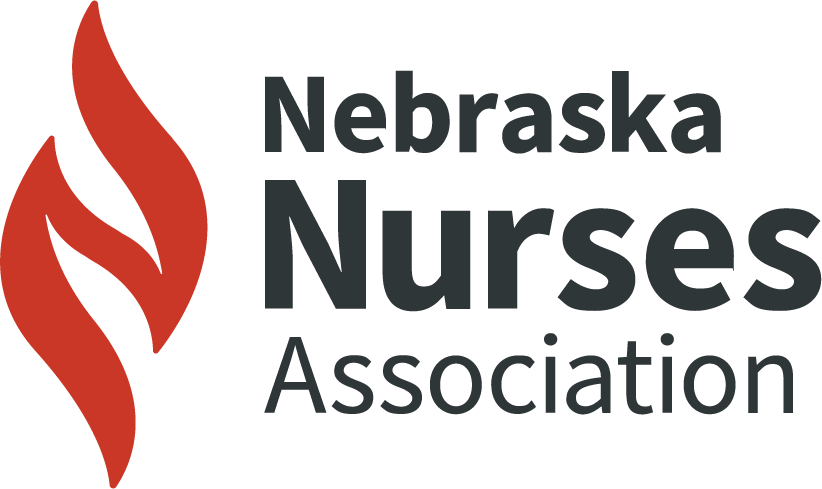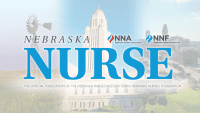MARY’S CURRENT ROLE since 2022 is a Clinical Practice Coordinator for Common Spirit Health. Mary’s office is located in Kearney, Nebraska at CHI Health Good Samaritan Hospital. Mary has been a registered nurse for 36 years, she has worked as a float nurse, manager of transport team and float pool. She is married and has twin girls. Hobbies include scrapbooking, watching movies, reading and being outdoors.
Hiliary is a Clinical Educator for Common Spirit Health. Hiliary’s office is located in Kearney, Nebraska at CHI Health Good Samaritan Hospital. Hiliary has been a nurse for 26 years with 22 years focused on the Acute Pediatric population. Hiliary was born and raised near Kearney. She is married with four children and six grandchildren.
Do you ever feel bombarded with information at your facility? Do you have time to read all your newsletters? Having trouble deciding what can and cannot wait until later to read? One source of important information that should be” top of the list” to read is from the Education Department. If your facility lacks an Educational Newsletter, here are some valuable information and pointers to build and place in your own education newsletter.
At our facility, educators were sending out information in emails weekly if not daily to staff. The educators huddled and felt that a monthly newsletter would benefit nursing staff, save time, get important information to staff in a timely manner and be produced easily. As educators, we first asked ourselves what information did we send to nurses on a routine basis and what should be included in the newsletter that would be beneficial to all nursing staff?
One thing that we found is that staff are unsure of their resources. Our facility has a centralized education department. The education department has Program Coordinators, and each facility has bedside educators. The educators decided to highlight staff within the education department and explain what each individual’s responsibilities are in the department. Once staff in the education department were introduced, we focused on facility resources: Quality Improvement, Risk Management, and Infection Control. The introduction sections were used to educate nurses on escalating concerns and answer questions the nurses may have.
A second item in the newsletter included product rollout and process change alerts. The information provided was on frequent variances in products and occasional process changes. The educators were able to put it into a monthly educational column. The new product and process change information allowed staff to follow the appropriate outlined details of new product usage and process changes. Educators were able to announce in person education with vendors and could attach QR codes with increased information from the vendor on a product. The information about the new products or process changes was a great way for staff to reference if questions arose.
Nurses were often unaware of educational opportunities, conferences availability, and continuing education. Nurses have the ability to further their education, maintain various certifications and acquire education credit on the units that are free or at minimal charge. The education opportunities listed were both in person and as webinars. The education department’s Program Coordinator publishes these opportunities every month. The educators took the information and posted it in a column called Upcoming Educational Opportunities.
Patient quality information is always important to keep “top of mind” for our nursing staff. Educators provided the nursing staff with up-to-date quality reports including hospital acquired conditions: Central Line-Associated Bloodstream Infections, Catheter-Associated Urinary Tract Infections, Health Acquired Pressure Injuries, and Hospital Acquired Clostridium Difficile Colitis. Educators also provided information on bedside medication scanning rates, stroke care dashboard, critical results reporting, Alaris basic infusion reporting, and Safety Tool of the Month. Nurses were able to see how the facility was performing and where improvements could be made. The quality information allowed staff to hold each other responsible for these outcomes. If outcomes were poor, educators knew that there was opportunity to educate on specific units that were showing low scores. Utmost, celebrations and congratulations were relayed when performing well on quality initiatives.
Finally, our education newsletter offered education in a fun way. Each month we focused on a health issue. Issues such as falls, sepsis, medication safety, and self-care to name a few. Each month a word search, crossword puzzle, word find, emoji game, or unscramble the word game relating to that month’s topic were added to the newsletter. Nurses enjoyed these fun but educational activities as well.
The first publication had great results with over 174 nurses viewing the edition. These results told the educators the educational newsletter was beneficial and to keep moving forward. Staff have reached out and commented that they enjoy the information given them. Nurses can also keep the editions in their files for referencing and informing other staff members.
An educational newsletter can be beneficial to staff and educators. Important information that pertains to nursing duties, product rollouts, finding resources, educational opportunities and a little fun is a win-win for all.
























